Pearl: What is it? How can we use it in our Garden or Orchard?
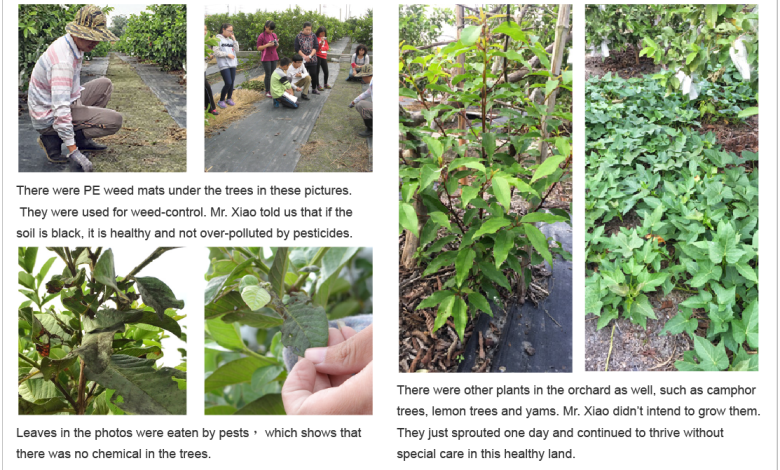
In this article we explain what perlite is, how it is manufactured and how its use can benefit your garden or orchard. We show the advantages it has and which crops benefit most from this mineral.
If you’ve ever bought potted plants or starter plants, or opened a bag of commercial potting mix, you may have seen little white balls in the soil that look like pieces of Styrofoam.
These white balls are actually important earth components called perlite, and are not simply fillers or artificial rocks as some people might believe.
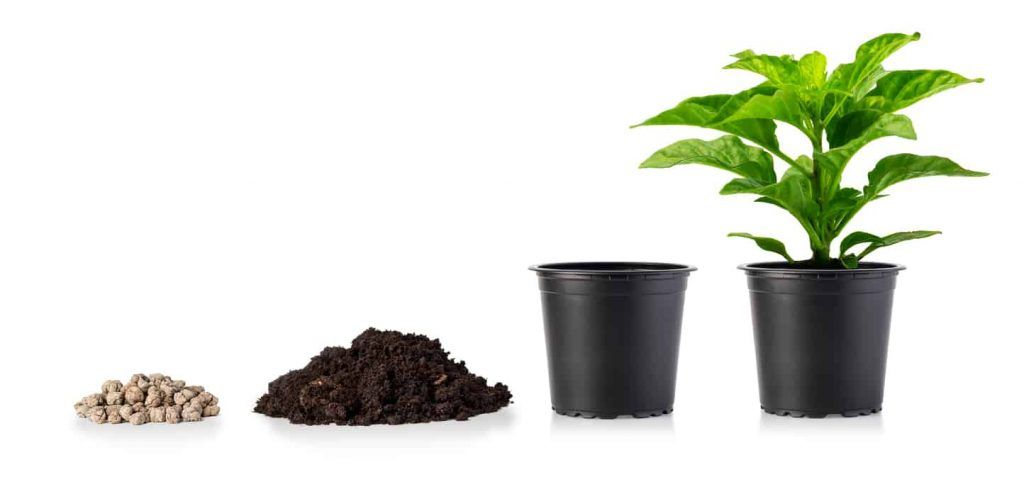
What is pearlite?
Also known as expanded pyrite, perlite is a mined volcanic rock that is mixed into many industrial building products to give them stability, such as masonry construction, loose-fill insulation, cement, and plaster.
It is also used as a filter medium for swimming pools and as a filter aid for beverages (such as juices, beer and wine) and for sewage.
In the world of gardening and horticulture, perlite is used to improve soil structure by providing drainage and aeration.
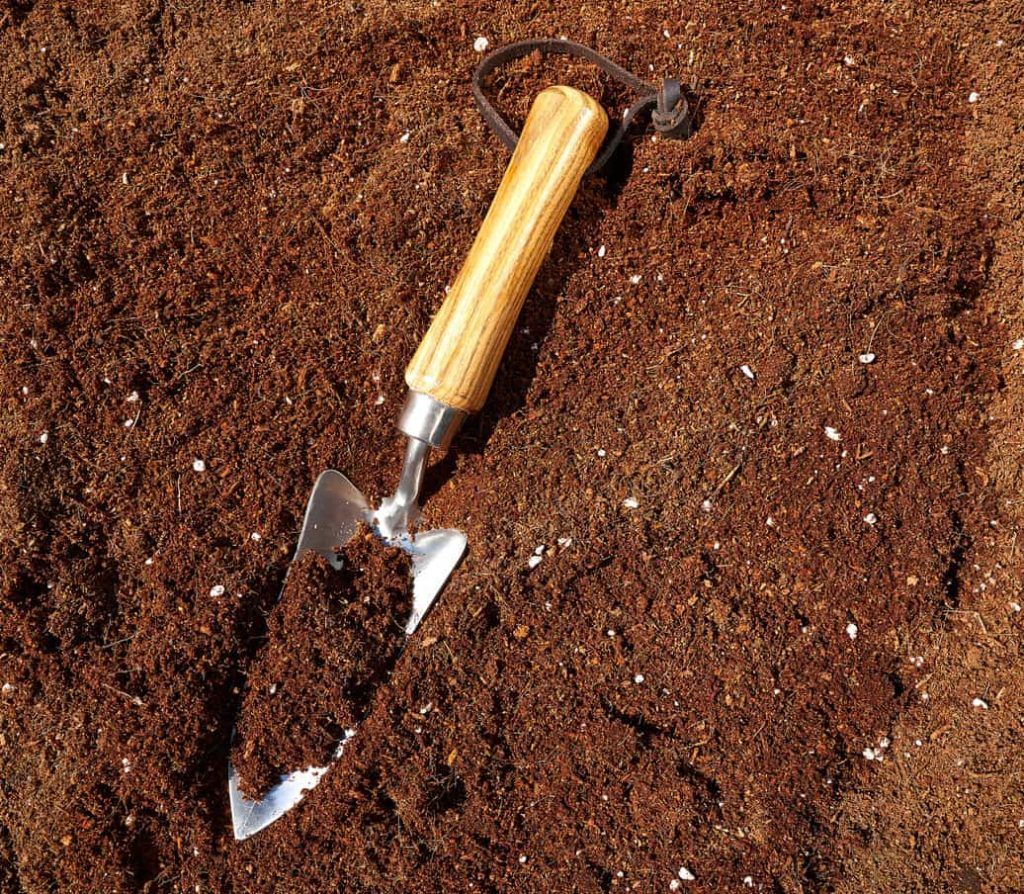
Is perlite a type of soil?
Nope.
First, let’s review what perlite is not: Perlite is not a type of soil, it is a soil additive that can also be used as a growing medium.
Is it a type of fertilizer?
Perlite is not a fertilizer and has no nutritional or microbial value to plants or soil. Its benefits are derived solely from keeping the soil structure loose and light.
How does perlite influence the soil in our garden?
What perlite is: A lightweight, non – toxic, inorganic soil amendment. But don’t let that deter you if you’re an organic gardener. (We talk about that later.)
We like to call it “air for the soil”, and it is the closest thing to compost to circulate air between the roots and achieve strong and healthy growth in plants.
If you look under a microscope, you’ll see that perlite is full of tiny cavities that hold water (like a sponge), making it very effective at providing moisture to plant roots.
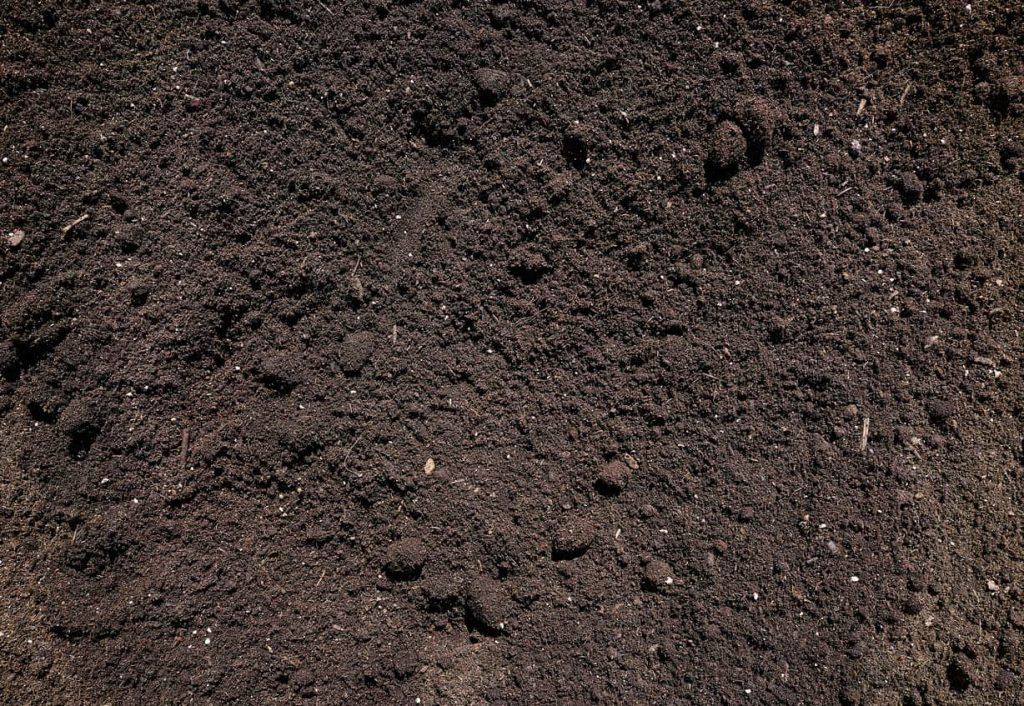
All these nooks and crannies allow perlite to retain three to four times its weight in water.
It is also capable of storing nutrients for a short period of time when they might otherwise immediately disappear.
At the same time, the cavities make perlite quite porous, so it drains excess water more easily than vermiculite and other potting soils.
This is a good thing, as preventing waterlogging is the main way to prevent root rot and fungal diseases.
Is perlite an organic element?
Calling something organic depends on your personal beliefs. And in this case, it is simply a semantic problem
From the point of view of chemistry, organic compounds contain carbon. Since perlite does not contain carbon, it is considered an inorganic material.
But from a gardening point of view, the term «organic» refers to something that occurs naturally without synthetic processes or significant chemical changes.
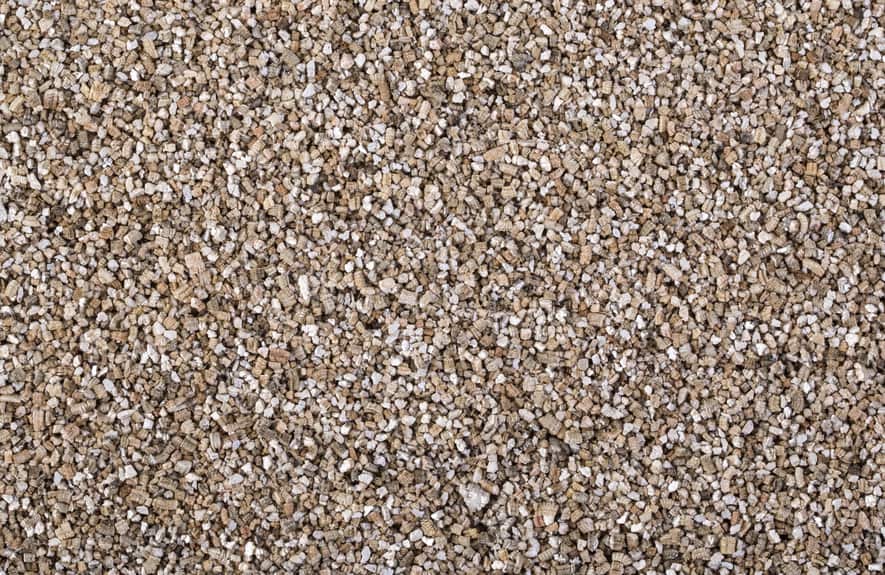
It is true that perlite has to be «popped» in an industrial process that turns it into the light material that we see and know, but it is still a natural mineral that is extracted from the earth.
It is no different from seaweed emulsion or fish manure which has to undergo some sort of process to be suitable for gardening and horticulture.
How is perlite made?
The perlite we see in potting mixes is often called «volcanic popcorn,» and with good reason.
Fresh from the ground, perlite is a dense, amorphous volcanic glass with a very high water content.
In its natural state, pearlite is brown or black in color, as it usually forms during the cooling process of lava that produces obsidian.
During processing, raw perlite is very quickly overheated to temperatures of between 800ºC and 900ºC, causing the material to soften and the moisture inside the glass to turn into steam.
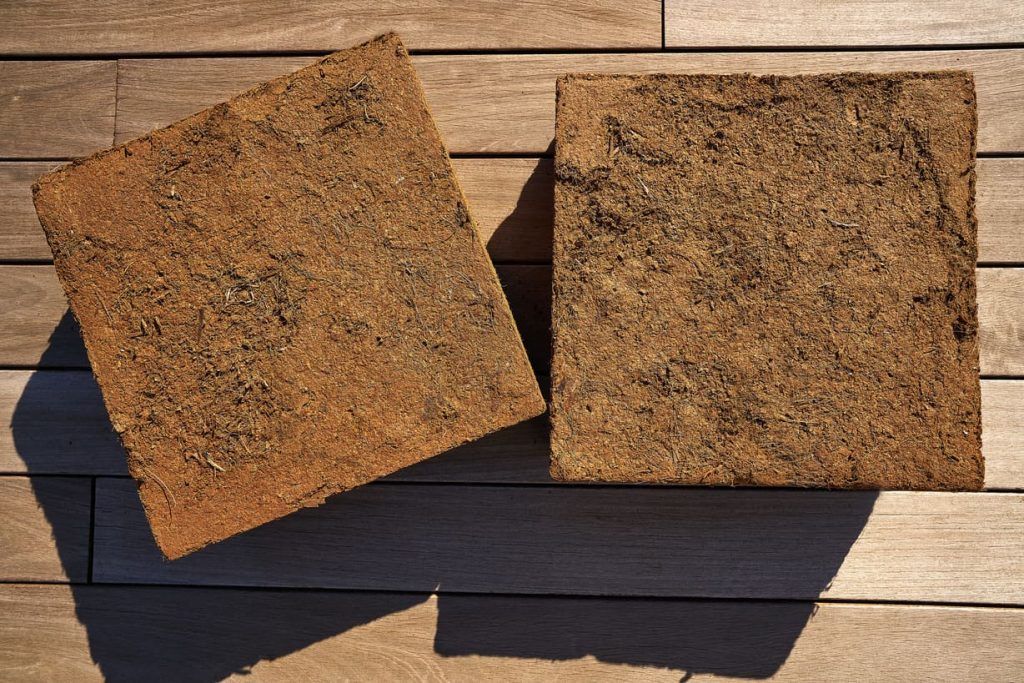
When moisture trapped inside bubbles up, trying to escape, it expands the material 7 to 16 times its original size, like popcorn.
The expanded material turns white due to the reflectivity of the trapped bubbles, and the resulting perlite is a sterile, chemically inert material that takes on an ultra-light, foamy texture.
What are the benefits of using perlite in the garden or orchard?
Perlite is a very useful component in gardening for many reasons:
- It is physically stable and retains its shape, even in heavy or saturated soils.
- It does not break down, making it ideal for use in potting mixes for plants that are infrequently repotted (such as succulents and other houseplants).
- It has a neutral pH level, making it suitable for any container or garden bed.
- Contains no toxic chemicals or additives; when you buy a bag labeled perlite, that’s exactly what it is.
- It is capable of absorbing some of the water while letting the rest drain freely.
- Provides excellent aeration. Plants take in 98% of their oxygen through their roots, so good aeration is crucial for healthy root development.
- Good ventilation also supports earthworms, beneficial nematodes, and other beneficial things in the soil food web, which in turn supports plant life.
- Because of these properties, perlite is also very popular in potting mixes for orchids, cacti, and succulents that prefer to be on the drier side, and in hydroponic setups as a stand-alone growing medium.
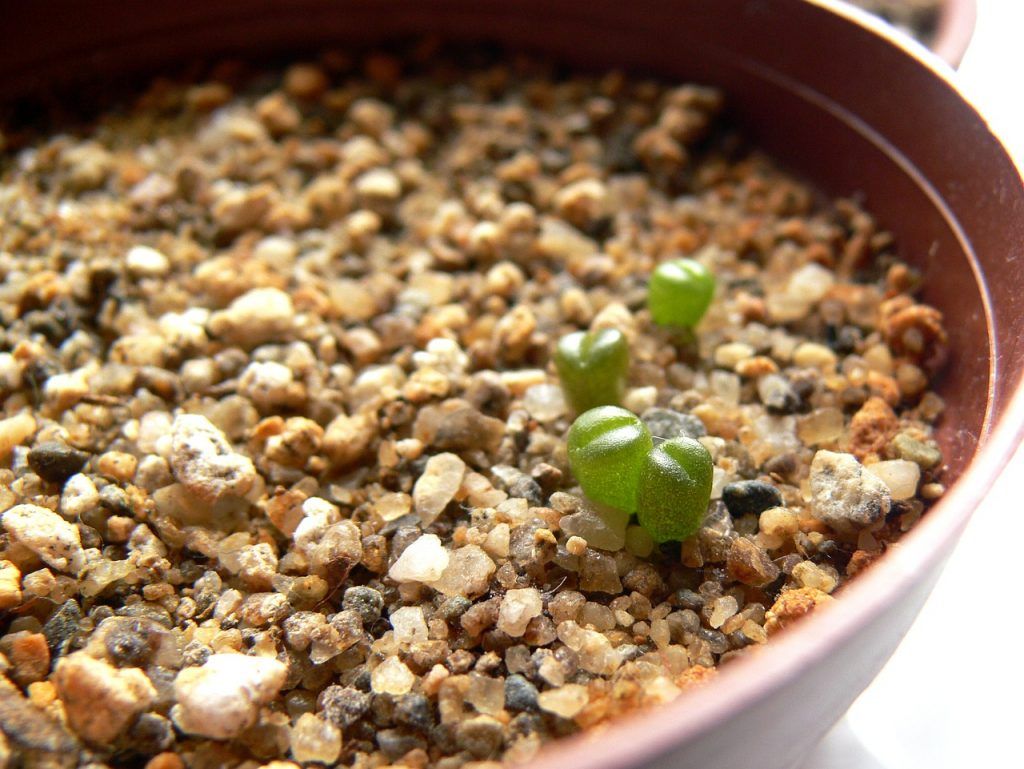
How can we use perlite in our orchard or garden?
Now comes the best part.
How can this mineral benefit us when it comes to growing our plants and vegetables?
Typically used for growing potted and/or soilless plants
Perlite is commonly used in potting soil and soilless mixes (particularly for indoor planting) to keep the soil structure loose and well-draining without risk of compaction over time.
You can combine equal parts perlite, vermiculite, and peat moss (or coir) for a clean, basic planting mix that promotes healthy seedling development and reduces moisture-borne diseases.
You can also use it to propagate plant cuttings. Instead of rooting the cutting in water, you can root it in a small pot filled with moistened perlite.
An excellent mineral for sowing seeds
The same goes for seeds: sow them only in moistened perlite or check the germination of older seeds in sachets filled with moistened perlite (as an alternative to the coffee filter method of starting seeds).
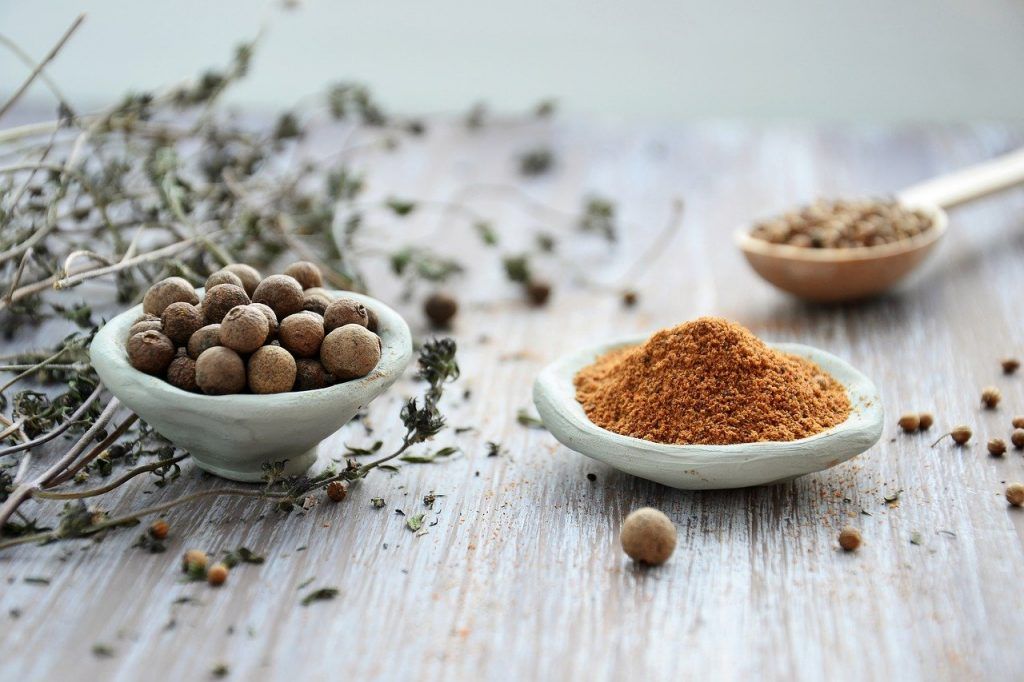
Its use in raised beds
In raised beds or in-ground gardens that have problems with clay soil, you can improve drainage by raking a 5cm layer of perlite into the top 15-30cm of soil, while enriching the soil with compost and other soils. nutrients.
Keeps soil loose for several years!
Because it does not break down, a single application of perlite can keep the planting bed light and loose for several years.
At Sembrar100 we have used it as a “secret ingredient” for several years, when it took more than just homemade organic matter like compost to break down all the hard clods of soil in our beds.
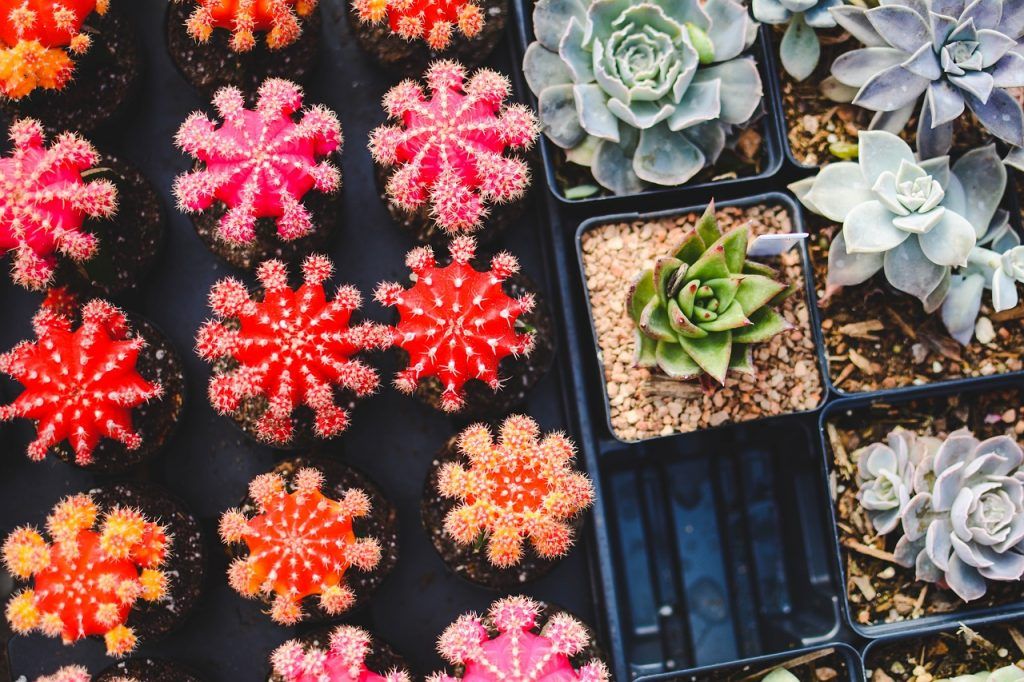
Some (but not all) potting soils and bagged gardens also benefit from adding more perlite to the mix.
This is especially beneficial for deep-rooted plants, which are more productive when the roots do not have to sink into dense, compressed soil (eg root vegetables such as carrots).
A good choice for growing garlic
Add extra perlite to my garlic planting beds in the fall, as perlite helps keep bulbs from waterlogging in winter and spring. Perlite also helps the soil dry out a week or two before the garlic is ready to harvest.
Perlite is an essential soil conditioner that we always have on hand, and we buy several bags each year because I always find a use for it.
Be aware that smaller grades of perlite, and in some cases cheap perlite with poor quality control, can get dusty (especially as you get to the bottom of the bag).
If you are sensitive to fine particles in the air, be sure to wear a dust mask and goggles when handling perlite.
In what sizes can we find perlite?
Perlite is typically available in four grades or granule sizes, which correspond to levels of coarseness.
- Super coarse pearlite: 2.5 centimeters. This type of perlite is often used to amend raised beds and garden beds, or dense soils with high water-holding capacity (clay).
- Coarse pearlite: 1.7 centimeters.
- Size 4 perlite is a huge particle that should only be used for extremely heavy soils.
- Medium pearlite: 0.6 centimeters. Most of the time you will see medium grade perlite in commercial potting soil. It’s a good size for potted plants, window boxes, and general garden use.
- Fine pearlite: 0.3 centimeters. These smaller particles are ideal for starting seeds or rooting cuttings. Fine perlite is hard to find in this size as a stand-alone product, so I usually go for fine pumice, which is often labeled for bonsai or succulent planting.
Can perlite cause fluoride burns in plants?
Perlite is rumored to be responsible for fluoride burn in houseplants, manifesting as brown spots on leaves or burned leaf tips on sensitive plants such as dracaena, spider plants, and lilies of Easter.
However, if you use a potting soil that contains perlite, the chances of this happening are very small.
Fluoride toxicity can be caused by many things, including fluoridated water, superphosphate fertilizers, low soil pH, and other environmental conditions that have little to do with growing media that simply contain perlite.
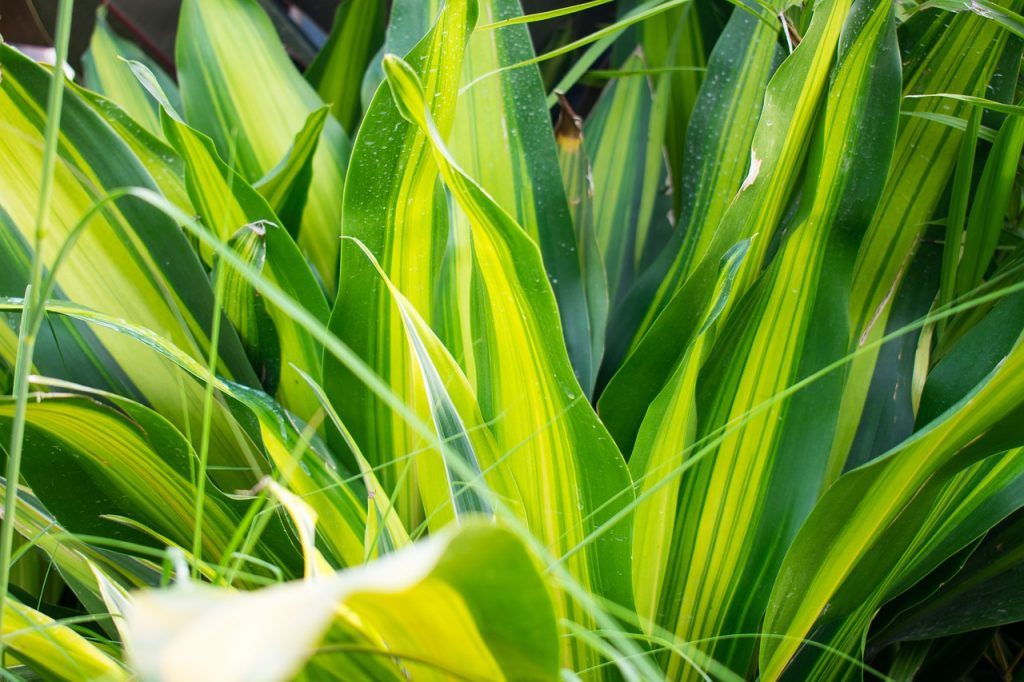
Where can I buy perlite?
The most convenient source of perlite is a local independent garden center or large nursery. When buying perlite, make sure you are buying 100% perlite and not a grounded or ungrounded mix.
If you can’t find perlite locally, pumice stone is a good substitute, as it has similar qualities.
Vermiculite can sometimes be used in a pinch (especially as a seed starting medium), but be aware that it retains more moisture than perlite.
When it comes down to it, perlite remains the best choice as a soil amendment when moderate water retention, excellent aeration and drainage, and long-term benefits are desired.
What type of perlite should I use?
We are often asked on our page if coarse pearlite should be used instead of medium or fine.
Coarse perlite: interesting for succulents and orchids
Coarse perlite has the highest air porosity, thus offering the highest drainage capacity and ensuring that plant roots can breathe well.
It is very popular with people who grow orchids and succulents, and also with those who do a lot of growing in pots, as it offers excellent drainage, but the coarser bits don’t rise to the surface of the soil mix like fine perlite does..
Also, the larger perlite is less likely to be caught by the breeze and blown away.
Fine perlite: ideal for seeds and cuttings
The finer perlite is also useful but is used for quality seed mixes or for rooting cuttings as the drainage it provides favors rapid root production.
Fine perlite can also be lightly spread over the surface of the lawn, where it will eventually sink into the soil and improve drainage.
Other interesting options: diatomaceous earth and vermiculite
If you are going to make your own potting soil, perlite is one of the most widely used components in the industry for the above reasons. It is cheap, light, and easy to mix with peat moss or other water-retaining ingredients.
But there are other additives like diatomaceous earth and vermiculite.
Why not use them instead?
Once again, it is a question of drainage. Diatomaceous earth, also known as DE, retains moisture better than perlite.
It is usually available as a powder rather than granules, so it does not reduce soil compaction in the same way, and it tends to clump together when wet, not allowing good air circulation.
Diatomaceous earth has many other uses in the garden, such as pest control, and can be used in conjunction with perlite, but not as a substitute.
Perlite or vermiculite? What suits me?
If we compare perlite with vermiculite, vermiculite retains a lot of moisture. It absorbs water and nutrients and holds them in the soil, making it perfect for seed mixes or plants that prefer a lot of water.
Along with perlite, vermiculite will absorb water and nutrients to feed your plants, while perlite will help drain excess water.
So both have their own place in your garden or orchard, even in the same container or bed, but they are not interchangeable.
Vermiculite is a natural mineral that is also heated to very high temperatures to make it expand. It is sold in bags of gold flakes at garden centers and can absorb up to four times its weight in water.
Vermiculite retains water and nutrients better than perlite and is better for plants that need more moisture to grow. Vermiculite also protects seedlings against dampness and other fungal diseases.
Although it also helps retain some water, perlite is primarily used to aerate compost. It’s great for creating free-draining compost for plants that need good drainage, like cacti and succulents.
It can also help create an aerated compost for seedlings.
You can use vermiculite and perlite together: mixing a little perlite into the potting mix will ensure the roots get plenty of oxygen, while a layer of vermiculite will keep moisture in.
Perlite in hydroponic crops
Perlite has its place in the soil, but it is also very useful in hydroponic gardening.
One of the most popular ways to use it in hydroponics is in the propagation of plants by cuttings.
Because roots grow in response to the plant ‘s search for a water source, a well-draining medium, such as coarse perlite, tends to encourage rapid growth in search of the tiny pockets of nutrients and moisture hidden in the soil. mineral base.
Making sure the cuttings are well drained also prevents root rot. It also helps to use a rooting compound like Clonex to further stimulate root growth.
Even after cuttings have been started, perlite can be a stand-alone hydroponic growing medium. However, it can be problematic in higher water settings such as ebb and flow systems or deep water culture.
Perlite’s light weight and high air content mean it tends to float… and you don’t want your medium to get lost!


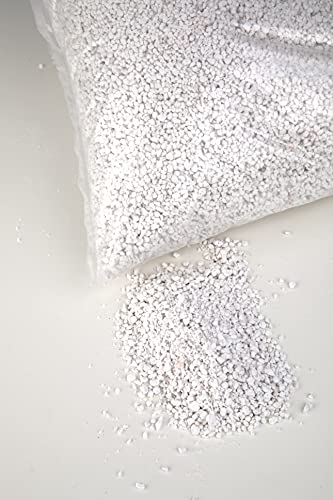
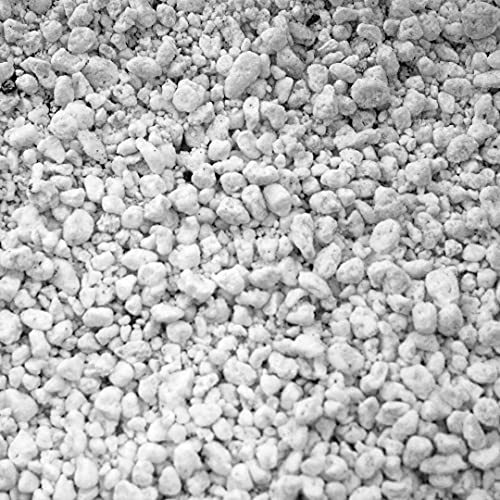
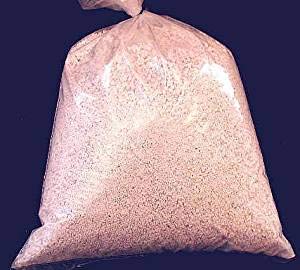
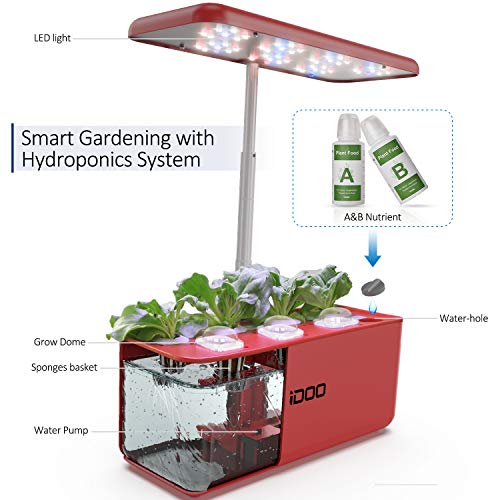
![Photo of Ornamental Plants: [Planting, Types, Irrigation and Care]](https://www.complete-gardening.com/wp-content/uploads/2022/08/ornamental-plants-planting-types-irrigation-and-care-390x220.jpg)
![Photo of Calceolaria: [Cultivation, Irrigation, Care, Pests and Diseases]](https://www.complete-gardening.com/wp-content/uploads/2022/08/calceolaria-cultivation-irrigation-care-pests-and-diseases-390x220.jpg)
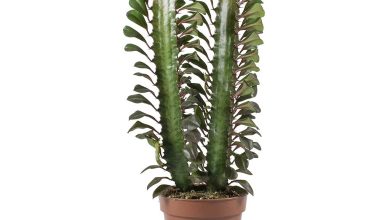
![Photo of Bidens: [Cultivation, Irrigation, Care, Pests and Diseases]](https://www.complete-gardening.com/wp-content/uploads/2022/08/bidens-cultivation-irrigation-care-pests-and-diseases-390x220.jpg)